
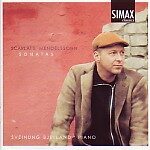
What an interesting idea to bookend Mendelssohn’s delightful yet seldom heard E major Op. 6 sonata with short groups of Scarlatti sonatas. More importantly, it’s
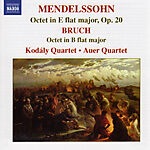
The Kodály and Auer Quartets join forces to produce these exceptionally enjoyable performances of the Mendelssohn and Bruch Octets (the latter joined by Zsolt Fejérvári
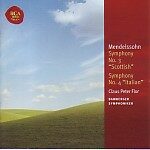
Claus Peter Flor’s Mendelssohn enjoys the classical virtues of good taste, fine attention to detail, and a real sense of style. That said, competition in
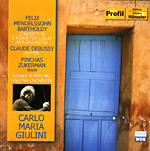
Pinchas Zukerman dispatches Mendelssohn’s Violin Concerto with his customary confidence, bright tone, and polished execution. He makes his instrument sing in the long-spun melodies and
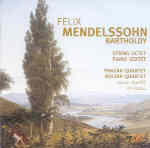
In the late 1960s the combined Smetana and Janácek Quartets recorded for Supraphon a stunning version of the Mendelssohn Octet, one that to this day

Of Mendelssohn’s five symphonies, the First responds best to Roger Norrington’s period-based approach. It’s the lightest and also the smallest-scaled, well suited to the reduced
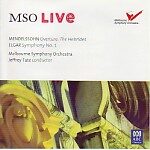
There are two advantages to having won free of England by revolution, thus staying out of what eventually became the British Commonwealth. The first is
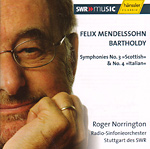
Roger Norrington sets out to replicate period Mendelssohn performances by employing scaled-down orchestral forces and a “pure tone” aesthetic–meaning playing without vibrato. The results are
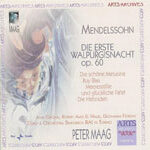
Mendelssohn has a reputation as the polite classicist among members of the first wave of German Romantic-era composers, and performers normally can’t go wrong in
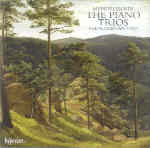
The Florestan Trio delivers an ardent, sharply honed performance of Mendelssohn’s popular D minor trio that easily stands among the catalog’s numerous first-rate versions. The
![]()
